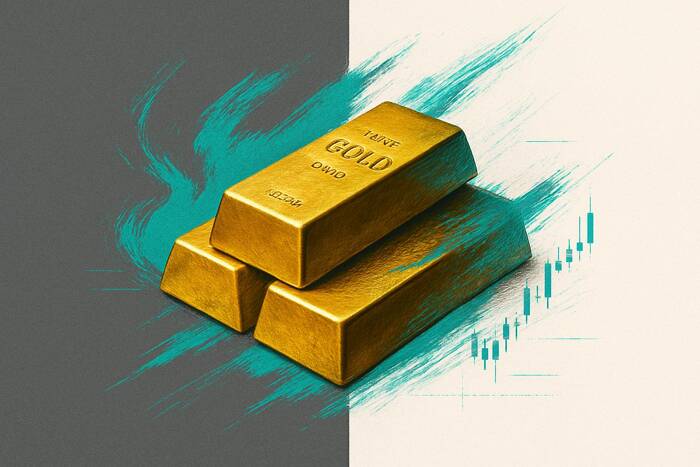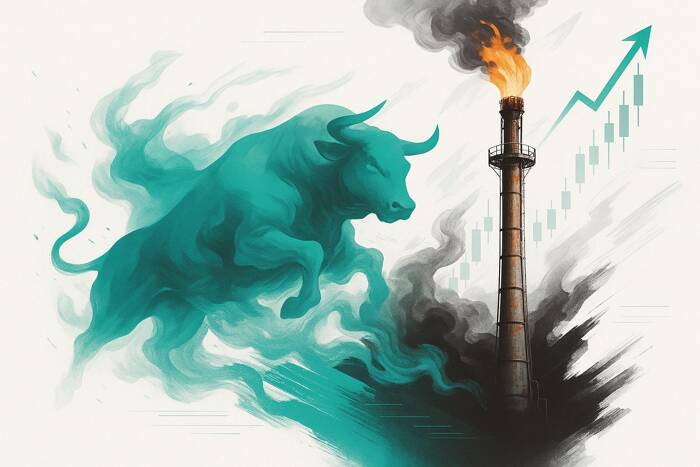Gold (XAU/USD) Price Forecast: $4,133 Breakout Fades – Tests 20-Day & Trendline Support
Critical Support Confluence
The session low of $4,056 defended the rising 20-day average, short-term uptrend line, and 61.8% Fibonacci retracement—forming a tight support cluster. Early-session strength followed by reversal leaves the daily candle at risk of closing bearish, but defense of $4,056 keeps bulls in the game.
Violation Level
A drop below Tuesday’s $4,032 low—now the higher swing low—would negate the recent advance and target the next major confluence near $3,963, where the rising 50-day average aligns with the 78.6% retracement, precisely at this time.
50-Day Significance
The 50-day line has not been tested as support since its August reclaim. Any approach is expected to encounter aggressive buying at or above that level, reinforcing the structural bull trend.
November 10 Breakout
The sharp upside trigger through the 20-day average on November 10 demonstrated clear buyer control. Subsequent action off the October higher low has lacked follow-through conviction while still respecting trend structure—a dynamic that can shift rapidly with new price action.
Upside Requirement
Bulls must reclaim and sustain above the lower swing high at $4,245 to restore momentum and challenge the $4,381 October record high. Failure to do so highlights relative weakness within the larger uptrend and increases the chance for a consolidation phase that could currently be forming in a bullish position near record highs.
Outlook
The $4,056 confluence of the 20-day average, trendline, and 61.8% Fib remains the immediate bull-bear pivot. Holding here favors resumption higher toward $4,245–$4,381; a close below $4,056–$4,032 opens $3,963 and the untested 50-day zone. As long as $3,998–$4,032 contains selling, the bull trend stays intact. Watch today’s settlement for the next directional clue.











